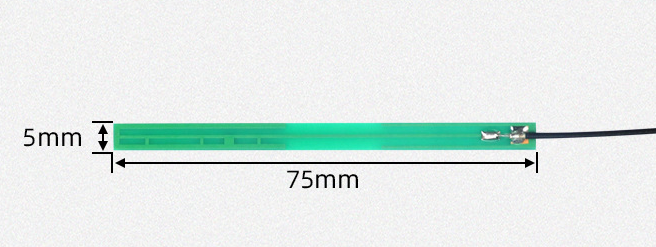What does antenna gain mean
Gain refers to the signal generated by the actual and ideal radiation unit at the same point in space under the condition of equal input power

The ratio of the power density of the number. It quantitatively describes the degree to which input power is concentrated and radiated. The gain is clearly closely related to the directional pattern, where the narrower the main lobe, the smaller the side lobe, and the higher the gain. The physical meaning of gain can be understood in this way - to generate a signal of a certain size at a certain point over a certain distance.
If an ideal non directional point source is used as the transmitter, an input power of 100W is required, while when a certain directional source with a gain of G=13 dB=20 is used as the transmitter, the input power only needs to be 100/20=5W In other words, a certain gain, in terms of its maximum radiation effect in the direction of radiation, amplifies the input power by a multiple compared to an ideal point source without directionality.
The gain of the half wave symmetric oscillator is G=2.15 dBi; Four half wave symmetric oscillators are arranged vertically up and down, forming a vertical
A quaternion array with a gain of approximately G=8.15 dBi (dBi represents the ideal point source of isotropic uniform radiation as the comparison object).
If a half wave symmetric oscillator is used as the comparison object, the unit of gain is dBd.
The gain of a half wave symmetric oscillator is G=0 dBd (because it is self compared, the ratio is 1, taking the logarithm to obtain a zero value);
The vertical quad array has a gain of approximately G=8.15 – 2.15=6 dB.





